Ask a group of aspiring overland travelers what their ultimate dream trip is, and anywhere from seven to nine out of ten will say, “Africa.”
I know this for a fact because I’ve posed the question regularly while teaching driving and recovery classes at the Overland Expo.
The reply is completely understandable. Our own continent has no shortage of world-class exploration routes (I haven’t run out yet), but Africa remains an enchantment, a near-mythical destination for North American residents.
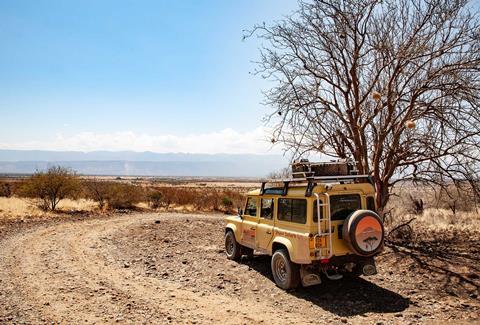
It’s far away, and it offers a wildlife spectacle unparalleled on the planet within landscapes ranging from dune seas to savannah to impenetrable rain forest. It offers interactions with exotic cultures and history tracing to the dawn of humanity. An overland trip here can comprise anything from a 200-mile loop through the legendary Tanzanian game parks to a 6,000-mile epic adventure from Cape Town to Cairo.
But for those very reasons Africa is also the most intimidating destination for us. It’s difficult (and expensive) to get to, there are more than a thousand languages (75 with more than one million speakers), and there’s a wide variety of animals that can kill you.
Some border crossings are legendary for their bureaucracy if not outright corruption. And, finally, there’s the big question for the aspiring overland explorer: What to drive when you get there? It’s doubtful many readers of this magazine will want to be stuffed into a minibus with a dozen iPhone-wielding tourists viciously fighting over window space.
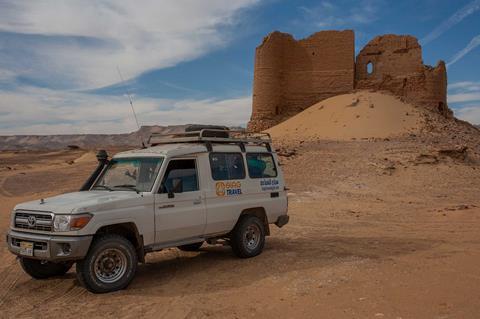
Solutions to some of the above objections are straightforward. Yes, visiting Africa is expensive, but it is, after all, the trip of a lifetime. You can find English speakers just about everywhere—many of them six-year-olds. And common sense in wildlife country will keep you perfectly safe. Border crossings? One word: patience.
That leaves the vehicle. Of course the ultimate fantasy is driving your own, and it’s definitely worth considering. However, if getting youself to Africa is expensive, shipping a vehicle there is even more so—anywhere from $3,000 and up, one way, for a container-secured vehicle. (A container is pricier but much safer than so-called RoRo, or roll-on, roll-off, where it’s simply strapped down on a ship’s deck, subject to both salt spray and theft of contents.)
If you’re planning that Cape Town to Cairo run and expecting to spend four or five months doing it, shipping your own vehicle is the way to go. But you’ll need, first, a Carnet de Passages—an insurance document guaranteeing you won’t sell your vehicle while there.
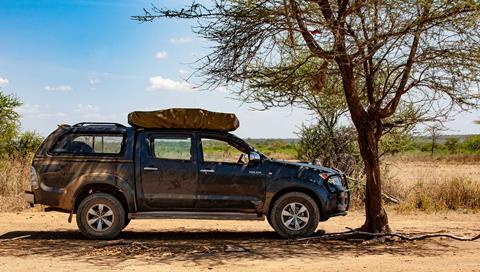
This requires a very hefty deposit, and carries a risk, small but real, of losing that deposit if your vehicle is stolen or wrecked and unrecovered. Plus you’ll need international liability insurance. And, of course, you’ll be on your own for maintenance and repairs.
But there’s another way, one that’s especially attractive if you plan to be in Africa for less than a couple of months. When I mention renting to many people, I detect a distinct upturn of the nose, as if it’s somehow déclassé to “do” Africa in a rental.
While my wife and I have been lucky enough to drive our own HZJ75 Land Cruiser across southern Africa, on many other visits to the continent we have rented—and those have included not just vacations but professional and scientific work.
Leading safaris in Kenya and Tanzania; retracing the route of a 1912 Carnegie Institution survey of Egypt’s Western Oases (a 2012 Explorers Club Flag Expedition); delivering tents, GPS units, and binoculars to a South Rift game scout unit; recording the making of the first authentic Maasai war shields to be built in 50 years—we did all this with rented vehicles: Land Rover Defenders, Toyota Land Cruisers, and Toyota Hiluxes.
Why rent? Let’s count the reasons.
First, while daily rates can be expensive—depending on season, duration of rental, and country, anywhere from $100 per day for a stripped Hilux to well over $200 per day for a fully equipped Defender or Land Cruiser—it would take an extended rental to match the cost (and associated expenses) of shipping your own. And there are many other advantages.
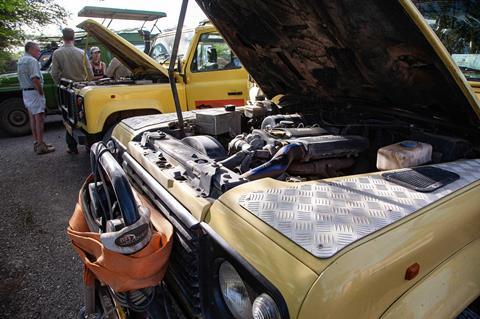
If a rental vehicle breaks down, the company will either have it repaired or, more frequently, simply drive a replacement to you. All insurance is included, and the vehicles are fully registered for all the countries within the operator’s region for hassle-free border crossings. Virtually all come equipped with GPS navigation and a satellite telephone for use in emergencies.
The logistical hassle of swapping out a broken-down vehicle means it’s in the company’s best interest to keep its fleet well-maintained, and with a single, cut-rate exception, that’s been our universal experience. Vehicles are checked thoroughly before each rental and overhauled regularly.
Tires are kept in excellent condition; some vehicles include two spares and extended-range fuel tanks. Most will have a dual-battery system as well.
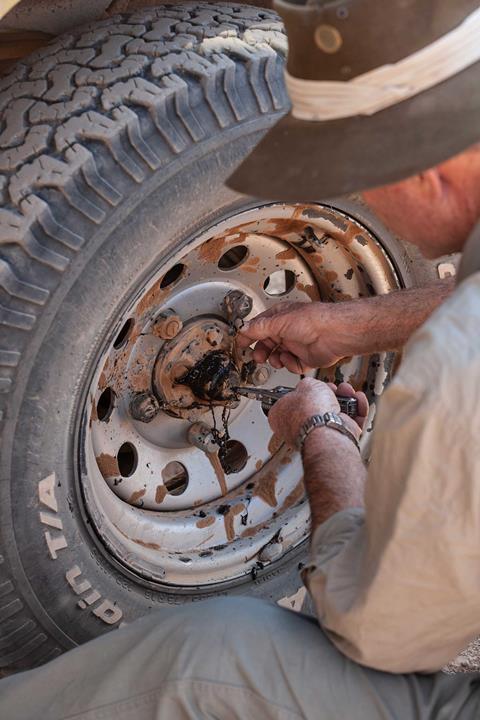
While it might be tempting to save money by renting a basic truck, I strongly recommend paying the extra tariff for a fully equipped example of whatever model you choose.
These vehicles will include a roof or ground tent (sometimes both depending on the number of passengers), cots or pads, sleeping bags and pillows, an awning, a fridge, and a full set of cooking gear—in fact very often a basic food kit. You’ll get camp lighting, generous water capacity—literally everything you need except personal equipment.
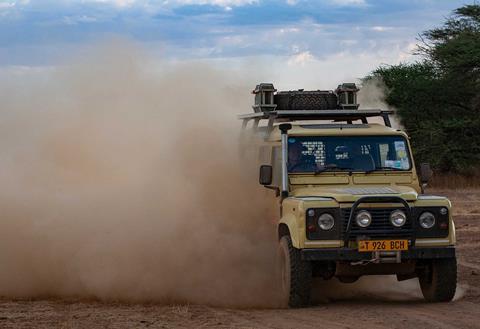
But even that’s not all. Most rental agencies will, on request, arrange a complete itinerary for you, either from camp to camp, lodge to lodge, or a combination. (For pure sightseeing trips, we like to spend three or four nights camping and then indulge in a lodge.) The company will arrange all reservations and extensions.
Once you’ve decided to go, the last question is where, exactly, to go. After all, Africa is roughly three times the size of the United States; the Sahara alone would swallow the lower 48.
I suggest East Africa, and Tanzania in particular, as a good choice if you have a limited amount of time. Even two weeks here is enough to have an overwhelming wildlife experience.
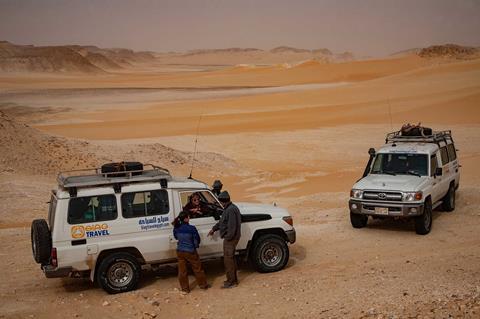
The parks are (very) expensive on a daily entry basis, but their offerings are simply unparalleled: Serengeti, Ngorongoro, Tarangire, Selous. Climb Kilimanjaro if you’re feeling adventurous, or take a short boat ride to the fabled island of Zanzibar. Shaw Safaris, in Arusha, rents fully equipped Land Rover Defender 110s (the original version!) and can arrange a complete itinerary.
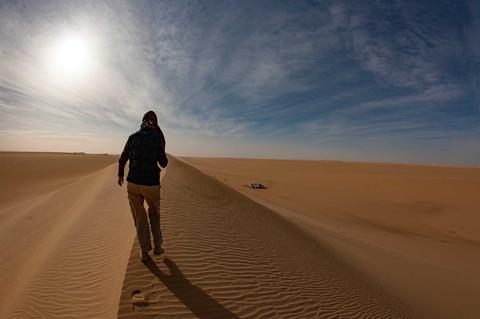
My personal favorite African destination is Namibia, along with neighboring Botswana, in the southwest of the continent. More affordable than Tanzania, and far less crowded, Namibia boasts the spectacular Skeleton Coast, along with desert elephants and lions.
Infrastructure and roads are generally excellent, and there are plenty of remote exploration opportunities. Botswana encompasses the Kalahari Desert and Okovango Swamp, the Moremi Game Reserve and Chobe National Park, and, a short boat ride from Kasane, the unforgettable Victoria Falls (actually on the border of Zambia and Zimbabwe).
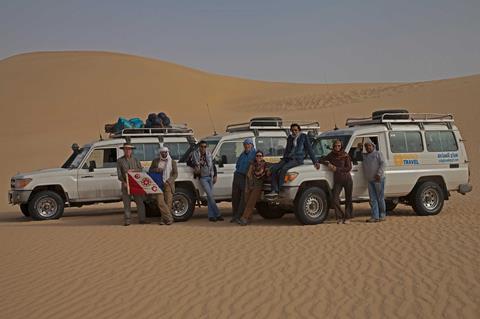
A month split between these two countries would not be even close to too much time. Safari Drive is the premier rental agency here, and their reputation is sterling. Also try Bushlore.
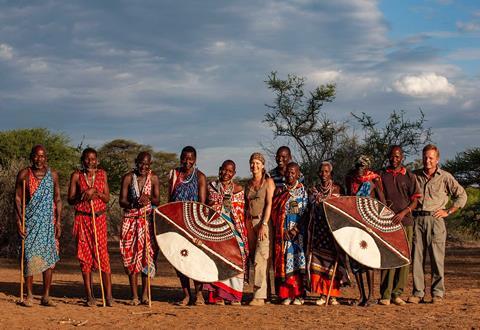
There’s no getting around the substantial investment it takes to experience Africa. However, after guiding many groups of people and traveling with many others, I haven’t met a single person who didn’t say at the end of the trip, “It was worth every penny.” Start saving.
Access More Great Stories!
This article originally appeared in OVR Issue 01. For more informative articles like this, consider subscribing to OVR Magazine in print or digital versions here. You can also find the print edition of OVR at your local newsstand by using our Magazine Finder.


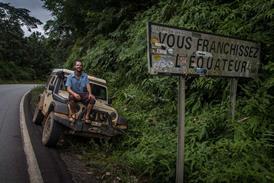
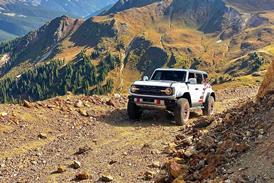
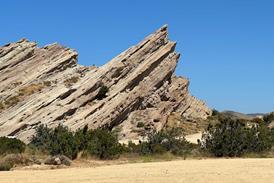
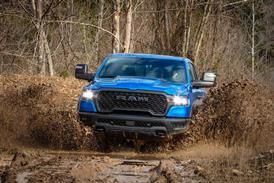
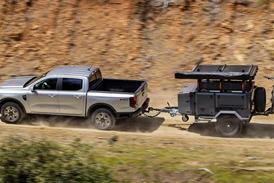
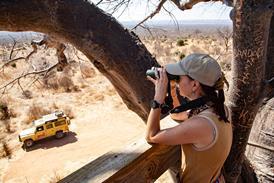

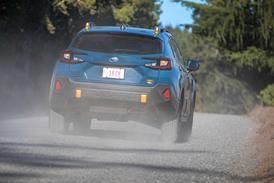

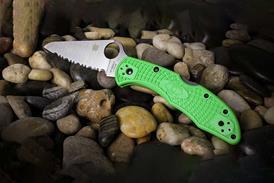
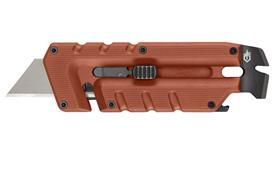
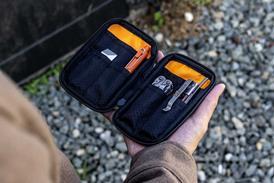


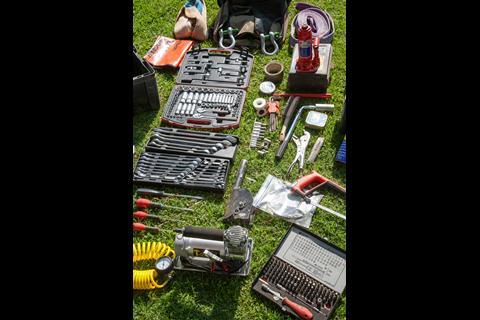
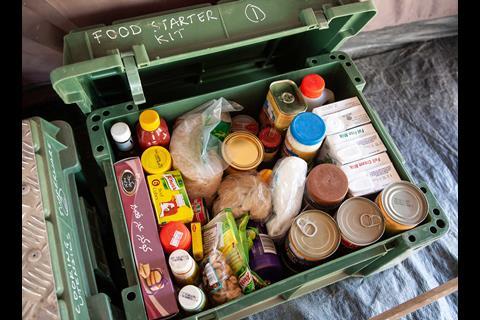







No comments yet